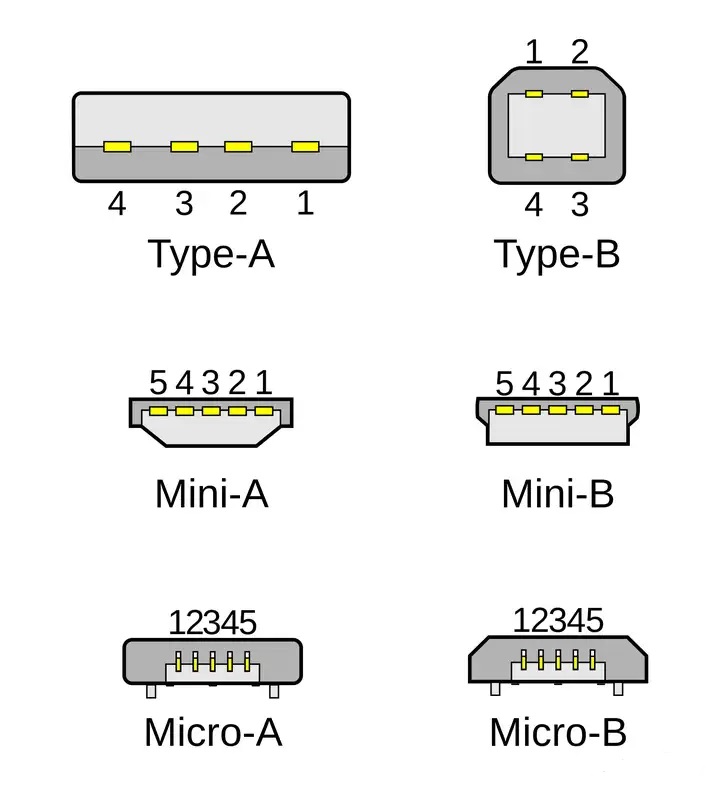
Xian HeGuangdong Xianhe Technology Group Co., Ltd
-
Hot search:SEMI package cleaning machine

Xian HeGuangdong Xianhe Technology Group Co., Ltd
Because USB is not a symmetrical communication protocol. And you are confusing Type-A/B/AB/C and (standard size)/Micro/Mini.
The two ends of the USB cable, one end is called the host and the other end is called the slave. The host provides power, and when the slave is plugged in, the host discovers the slave and loads the required drivers.
This is also why two computers cannot transfer data to each other if they are directly connected via USB - they are both hosts, and two hosts cannot communicate via USB.
For this reason, in the early days, USB was divided into two interfaces, Type-A for the host and Type-B for the slave. In this way, if we only produce Type-A to Type-B data cables, and do not produce A to A or B to B, we can prevent two hosts or two slaves from connecting at the physical level. This is a very common fool-proof design.
Computers are of course the host, so USB Type-A is obviously used on computers; printers, mobile hard disks, and MP3s are obviously slave devices, so they should use Type-B interfaces.
Later, as devices such as MP3s and mobile hard disks gradually became smaller, two new smaller interface standards, Mini and Micro, were added, as shown in the figure below. At the same time as Mini-B and Micro-B, there were also Mini-A and Micro-A.

So, yes, computers were once intended to replace standard USB ports with Mini/Micro ports. But computers were never intended to replace Type-A ports with Micro-B or Mini-B; they were intended to replace Type-A with Mini-A and Micro-A.
But in the end, mainly due to commercial reasons and the slower-than-expected miniaturization of consoles, Mini-A and Micro-A failed to become popular. After all, computers are so large that there was basically no concern about size until Type-C came along. What's more, there are already three types of cables: A to B, A to Mini B, and A to Micro B. If Mini-A and Micro-A are added, a total of 9 types of cables will be needed, which is undoubtedly a torture.
Of course, with the emergence of strange devices such as smartphones, which need to be slave devices when connected to computers and master devices when connected to projectors, USB supplemented the USB OTG specification, allowing a device to be a master device at times and a slave device at times. The first generation of the interface that matched it was called USB Type-AB - indeed a very intuitive name. However, due to commercial reasons, Type-AB did not become the mainstream standard until Type-C appeared and unified the market.


SweepWechat

SweepPersonal wechat